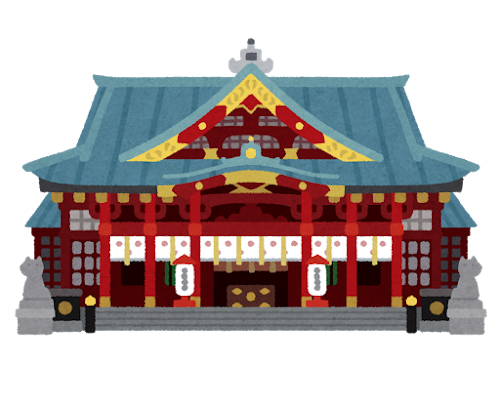Hello everyone! It is the blog How Unique Japan, spreading Japanese uniqueness!
This time, I would like to discuss the differences between Japanese Temples and Shrines because many people are usually perplexed when recognizing them.
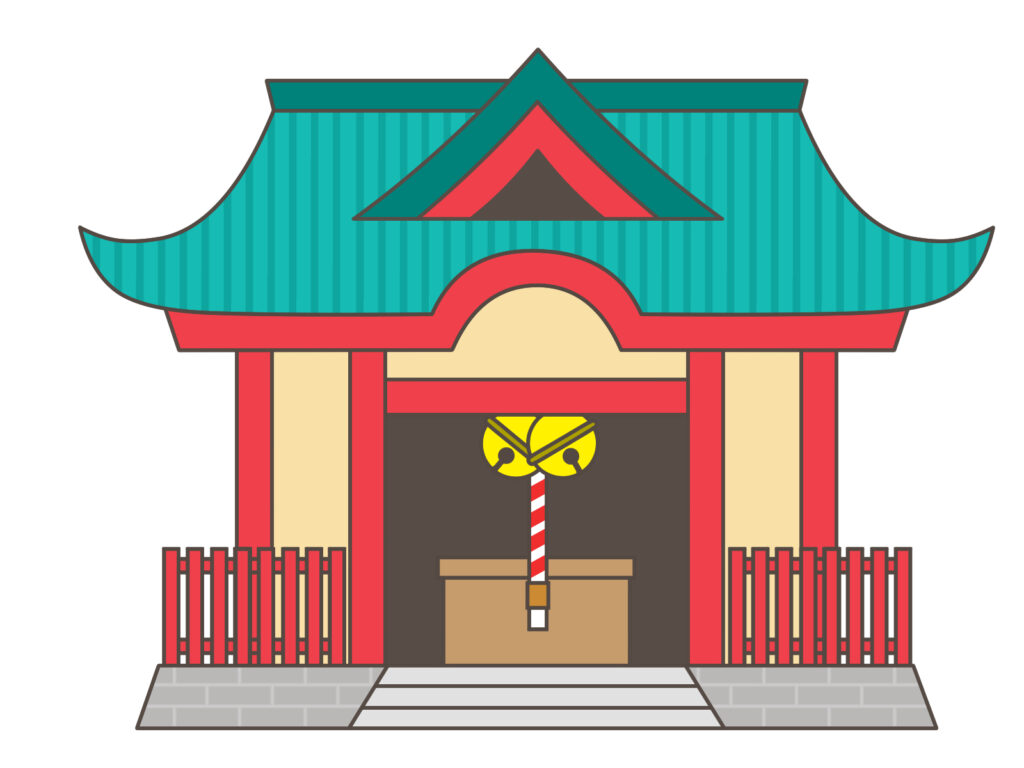
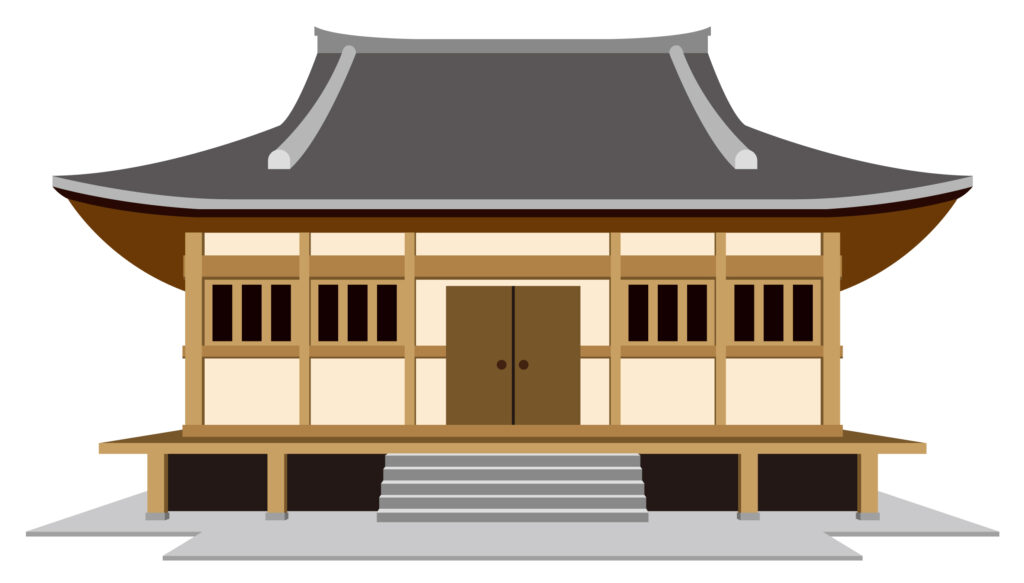
Let’s have a look at the details each!
The differences between Temple and Shrine
First of all, each religion is different. Any temples should belong to Buddhism. On the other hand, shrines are Shintoism.
Even though many people misunderstand Buddhism as the Japanese religion, it was originally from India.
Followingly, belongings are different. In temples, they have graveyards and a bell (details of the bells are here!).
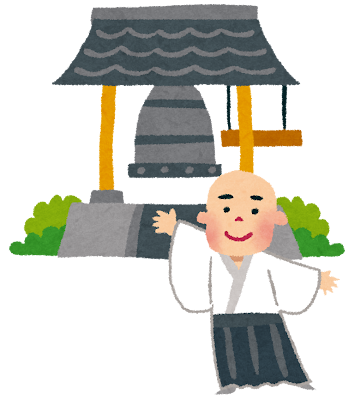
Shinto(ism), a form of nature worship, is a unique Japanese religion.
And the unique equipment/belonging to the shrine is undoubtedly a gate/entrance called Torii.
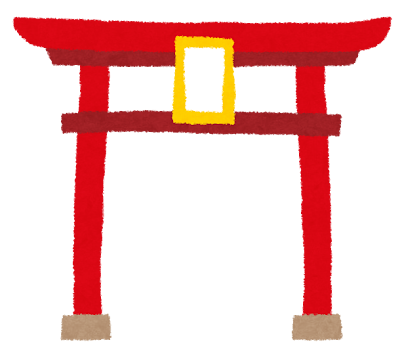
The object of worship is different
Moreover, there should be many Buddha statues in temples for its worship.
But the shrines have varied objects of faith, depending on what each shrine worships—for example, a waterfall, a mirror, an ancient tree, or a pond.
One shrine has a unique object.
It is the AIR.
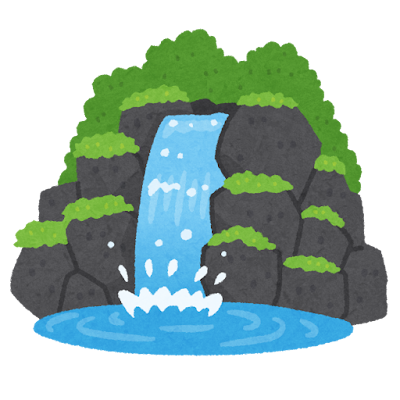
or
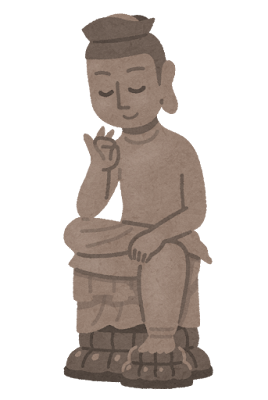
The way of worship is also different
Additionally, the way to glorify them is different. The Buddha statues are always open to everyone visiting the temples.
The objects for the worship of Shinto are usually behind curtains or sliding doors with lattices (if the object is small. Eg, a mirror). So, we always greet Gods from Shintoism over those shields.
Why? It is forbidden to see such sacred objects. Pay our respects.
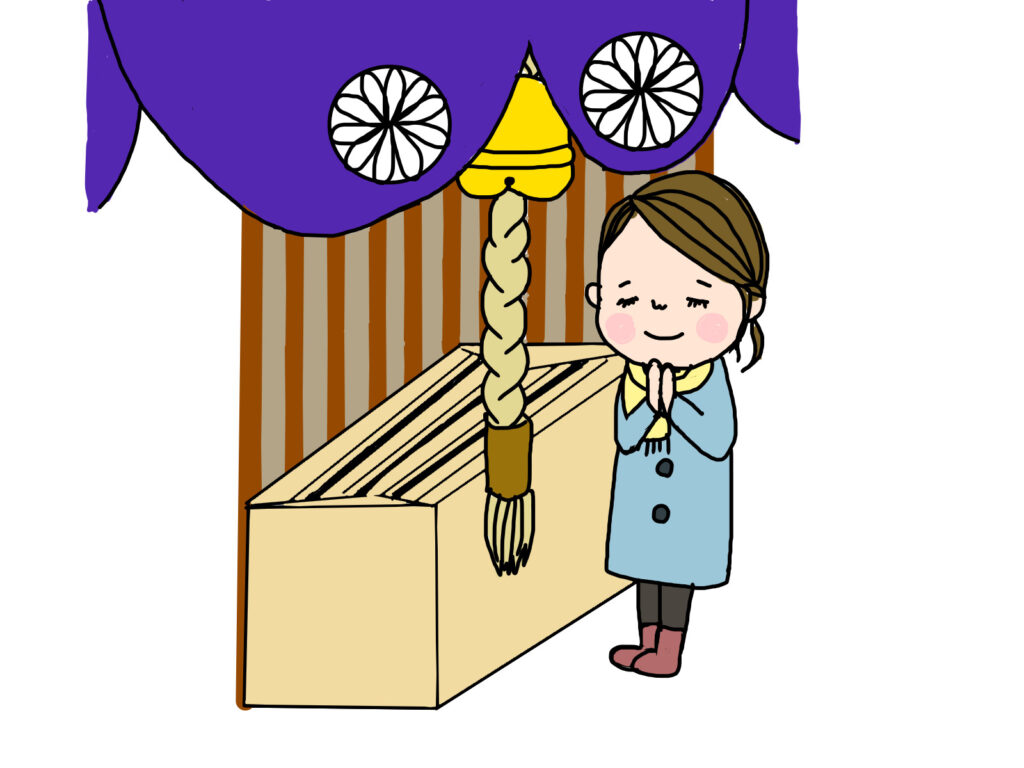
The different perspectives to see the world
As already said, Buddhism was from India. The founder was a prince who dropped nobility, Gautam Siddhartha, from the 5th century BC. He challenged a lengthy meditation to fight himself (or demon?) to get enlightenment. After he completed it, he found a religion, Buddhism. It quickly got popularized among the citizens.
The idea for relief from suffering was to accept a change from the past to the future and feel the connection to others (it is a simple briefing. If you want to know more, click here!).
Then, the religion went through India, China, Korea, and Japan around the 6th century (one historical theory says it is 538 AD).
The Japanese emperor Tenno loved and accepted the idea from overseas. Since then, the religion has become one major religion in Japan.
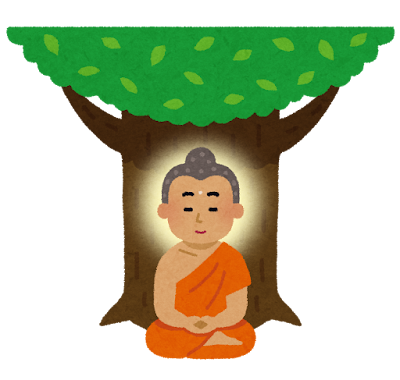
Additionally, the bells in the temples also came at similar times. It was around 562 AC. However, the connection with the religion is vague.
So, the Shinto was of Japanese origin and separated from Buddhism when it arrived.
Indeed. Ancient Japanese named Shinto to recognize the religion of the other country.
(Do you want to read some stories from Shintoism? Click here!)
It is why there are different objects of faith. If villagers in old times settled down near a river, they would idolize it as a God.
Thus, there was a religion worshiping Mt. Fuji.

It sounds chatty. But, that idea (worshiping anything people felt impressed with) once became Propaganda in the worst way. It was for War.
Worship to anything means some living people could get that as a Demi-God. During WW2, the army misused the idea (I hate it so much).
What more?
You might see a lot of differences between them. However, it is not over yet!
Worships and ways to pray are not the same. So, how about the facilities? Of course, they are not.
That is why we separated the articles belonging to them.
They are Shrines (Shintoism) and Temples (Buddhism). Do you want to see more uniqueness (unique equipment)? Please visit each article below.
Shrines (Shintoism)
●What is Shintoism? (The first legend/story of the religion)
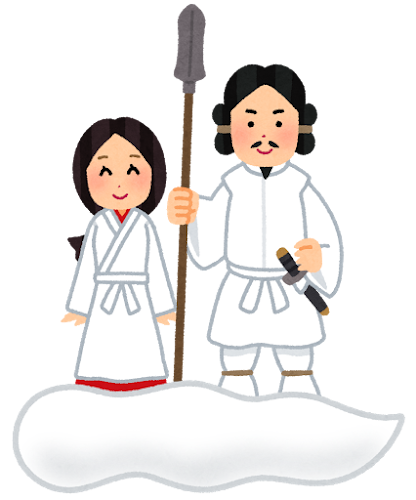
The article is about the beginning of Japan itself. Do you remember that Shintoism is the original religion in the country?
So, the ancient Japanese expressed how the land was born with fairytales or legends. This page is concerned with one about two gods (they are male and female).
It is Izanami (female) and Izanagi (male).
Please look at their story and touch the surface of the religion from here!
●Amaterasu Omikami (main deity)
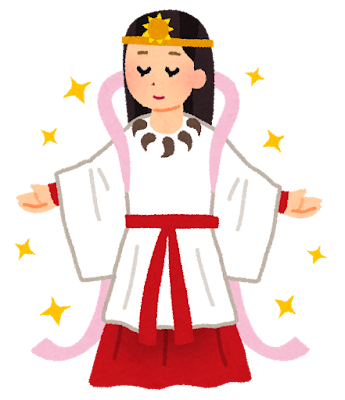
Do not get it wrong. Izanami and Izanagi are not protagonists of the religion, although they created Japan.
This article is about the main deity of the religion, Amaterasu. Surprisingly, it is GODDES.
This page also shows how she became the top and troubles from that.
Check it out here!
Shrine’s facility or amulets
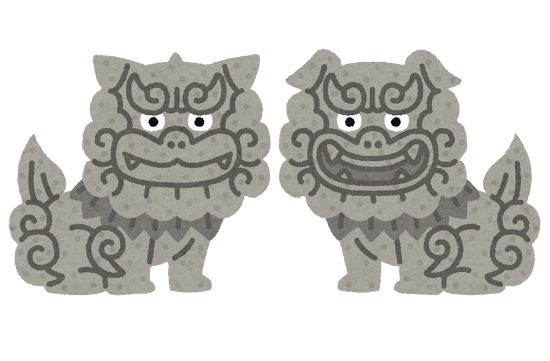
In the shrine area, have you seen the statues like dogs standing on both sides of the entrance?
They are guardian dogs protecting bad things from sacred areas (shrines). However, their appearance is more like a lion than a dog.
Why do they look like that? And What do they mean?
Check here!

The dog is not only one. Foxes can be servants of God or itself. Their name is Inari. So, who are they? What is their duty for humanity?
Check here!.

Have you seen a rope hanging on the entrance gate of Shrines? This rope works as the borderline between spiritual and reality. Why does such an object exist? And how old is it?
Check here!

Dogs can be trained guardians. Then, Cats can be good talismans. Why not?
So, we Japanese have such a talisman originating from a CAT. It is a Beckoning cat. The talisman has a special meaning for the Japanese because they believe it would bring happiness with a raised and waving paw. Moreover, they (cats) have a memorial service after their duty in a shrine.
See more details here!
Temples (Buddhism)
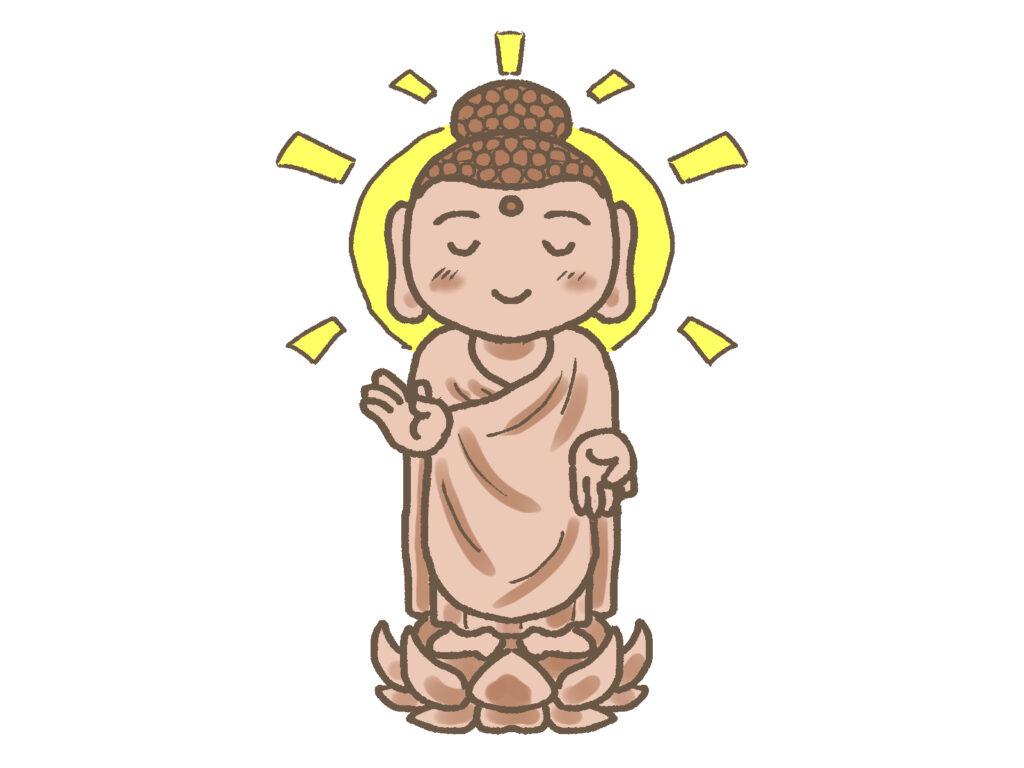
It repeatedly says that religion was originally from India. But there are a lot of differences and gaps between them.
Although the worship is the same (Buddha), how did they get so changed? And what is the goal of the religion?
Please have a look at this page!
Temple’s facilities or amulets

In some religions, the device/equipment that makes a calm sound is essential – for example, a bell in a church.
The temples also have such equipment. It is a Bell. However, the material is different from the church’s one.
See the details and special duty for the bell here!
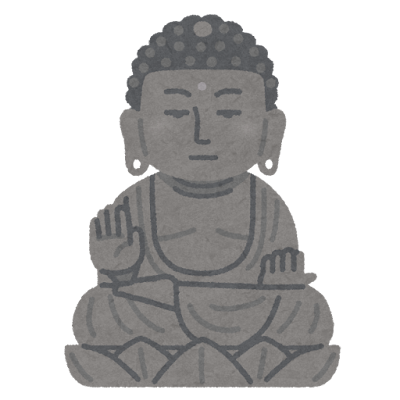
There are over thousands of Buddha statues in Japan. Why do we have so many? And, what are the features in each?
Check here!
●Daruma (talisman for celebration)
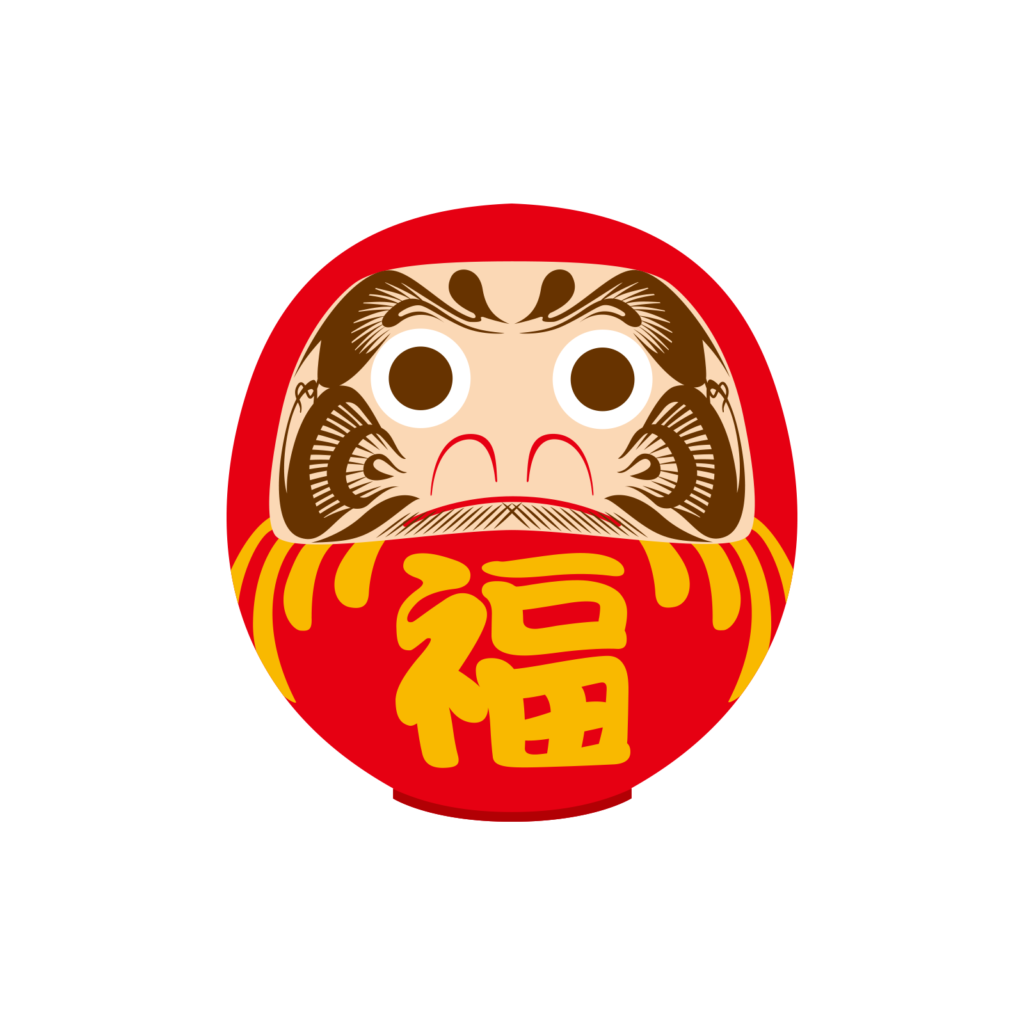
You might have seen a strange doll. It looks like a round and red bean with a face. It is a familiar talisman in Japan for celebration and success in any business. The design of this item originates from a monk in ancient times.
It is Daruma. He was a great monk of Buddhism and also a founder of Zen meditation/training.
So then, how did he become a talisman? And what was the story behind it?
Check them out here!
